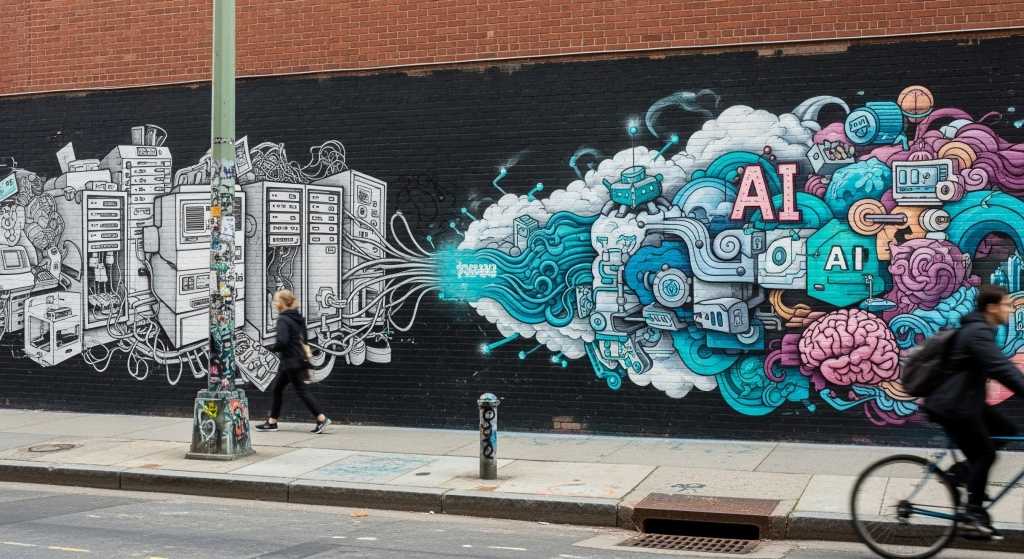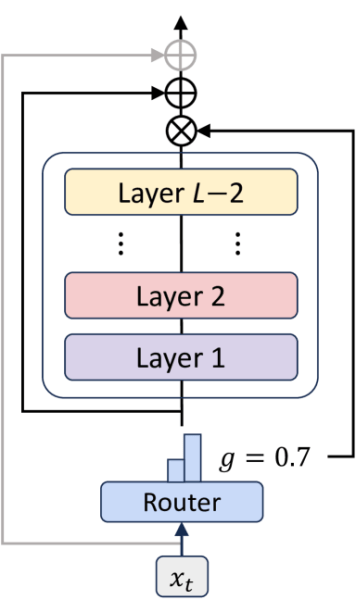
David Lapp is people’s counsel at the Maryland Office of People’s Counsel, an agency that advocates for Maryland’s residential utility consumers.
The current openings for a new chief executive officer and two board seats present an opportunity for a much-needed paradigm shift at the PJM Interconnection. PJM is supposed to be independent under federal law, but in practice PJM has proven much more interested in advancing policies responsive to big corporate interests than the welfare of consumers.
PJM’s ongoing public relations campaign illustrates the need for leadership change. Rather than responding with objective facts and reform to address root causes, PJM is resorting to blaming states for supply and infrastructure shortages, often defending the very policies that are driving up customer costs.
PJM’s messaging in Maryland is illustrative. Consider four examples.
First, with no qualification or quantification, PJM says it is “undeniable” that Maryland’s electric demand for power is growing and that it has a “supply” issue. According to PJM’s own forecasts, however, Maryland’s projected growth is quite modest. Twenty years from now, in 2045, PJM projects that the peak demand of Maryland’s largest utility, Baltimore Gas and Electric, will still be less than what its peak was in 2011, 14 years ago. Other areas of Maryland also show very modest increases in peak demand. The only real “supply” issue Maryland faces is really a PJM-wide issue: the massive growth and projected demand growth of data centers — about 30,000 MW by 2030, almost all of which is outside of Maryland.
Second, PJM claims it is “undeniable” that power plants are shutting down without adequate replacements. But Maryland has few if any power plants likely to retire that have not already retired or announced plans to retire. PJM’s own data shows that despite some retirements, Maryland has more generation capacity today relative to its peak load than it did in 2015 after accounting for new generation and generation with signed interconnection agreements.
Further, Talen Energy’s future retirements of units that are still online under reliability-must-run arrangements do have an “adequate replacement” through transmission facilities to address the grid reliability issues raised by the retirement of Talen’s units — one that PJM itself developed and assigned, without competition, to the incumbent transmission owner, Exelon, and its Baltimore Gas and Electric subsidiary. Exelon recently doubled the cost estimates of that transmission solution to more than $1.5 billion, most of which will be paid by Maryland customers. BGE has stated in testimony that the projects will “drastically increase” import capabilities into Maryland while refusing to say by how much. Our office’s undisputed analysis shows import capacity will increase by 2,980 MW.
Third, PJM’s most ubiquitous — and most misleading — talking point is that Maryland has a big problem because it is a “net-importer” of energy. That status, PJM says, means Maryland has a “supply” crisis that risks reliability issues — even “rolling blackouts.” Reliability, however, depends on the capacity of generation in the relevant PJM area and the transmission system’s ability to import power during hours of peak demand, measured in megawatts. It does not depend on average megawatt-hour imports and exports over the year.
The “net importer” PJM talking point is particularly troubling given that an important purpose of PJM’s markets is to dispatch the most economic generation to serve customers, wherever that generation exists in PJM. PJM hosts the nation’s top importer, Virginia, as well as the nation’s largest energy exporter, Pennsylvania. Being a “net-importer” is largely unrelated to reliability. In fact, during the June heat wave, there were moments when Maryland was producing far more of its electricity from within the state than its annual average of 60%.
Fourth, PJM complains that Maryland lacks high-voltage transmission lines and its transmission system is “weak.” This, too, is PJM misinformation. PJM itself is responsible for transmission planning, and Maryland has approved every transmission project proposed (and not later withdrawn by PJM itself) over the last 20 years.
PJM’s messaging also does a disservice because it conceals the main driver of cost concerns: power-hungry data centers. These data centers, located mostly within a few discrete areas of PJM, are driving the actual and projected new demands — in turn driving billions of dollars of spending on transmission and capacity market price increases. But rather than tackling the data-center issue, PJM obscures facts and blames states for having insufficient infrastructure to support those data centers.
It is no coincidence that PJM’s communications strategy is generally consistent with the interests of its large utilities in adding to profits by growing their rate bases with spending on capital additions for transmission and generation. Utility transmission-owner influence plays out in hundreds of PJM meetings a year, often resulting in policies that drive up costs for customers. Occasionally it comes into the public spotlight, such as last year when, against the wishes of its members, PJM advanced a proposal to give utilities new unilateral rights over transmission planning. Fortunately, FERC rejected it, agreeing that it violated the requirement that PJM “be independent of control by any market participant or class of participants in both reality and perception.”
PJM needs new leadership and greater board involvement to reform its anti-consumer biases. Aside from being a more honest broker of public information, here’s a short, non-exhaustive list of action items:
Data centers. As noted, the unprecedented, city-sized electric demand caused by data centers requires significant changes — all necessary to conform rising costs to core regulatory cost-causation principles.
Transparency. Despite requests of consumer advocates for years, PJM largely fails to analyze the cost impacts of the ongoing policy changes it is considering and advancing. Illustrative of its lack of concern over customer costs is the fact that for years, PJM consistently understated the growing costs of transmission for customers. The lack of cost impact analysis illustrates the broader need for more customer-centric policies and greater transparency into decision-making, project costs and market rules.
Independent monitors. PJM’s independent market monitor plays a critical role in protecting the integrity of markets and customers, yet it is often under attack or threat from PJM. Customers need less-concentrated, more competitive markets and greater transmission oversight through support of, and potentially an expansion of, the independent market monitor’s role, or the creation of an independent transmission monitor.
Transmission competition. Competition for building transmission is an important tool in reducing costs for customers. PJM leadership needs to reduce the abuses of exceptions to the competitive procurement of transmission, including local projects, immediate needs and in-kind replacements that have contributed to a doubling of transmission costs over the last decade.
It is not melodramatic to say that PJM is facing an existential crisis. It is facing significant wrath from elected officials who are under pressure from increasing costs, with some even pondering alternatives to PJM participation. PJM would be wise to recognize its tenuous status and use the current CEO and board vacancies to begin charting a new course. That will require looking beyond the usual mix of candidates favored by utilities for individuals committed to advancing the interests of the customers that PJM is supposed to serve.




















